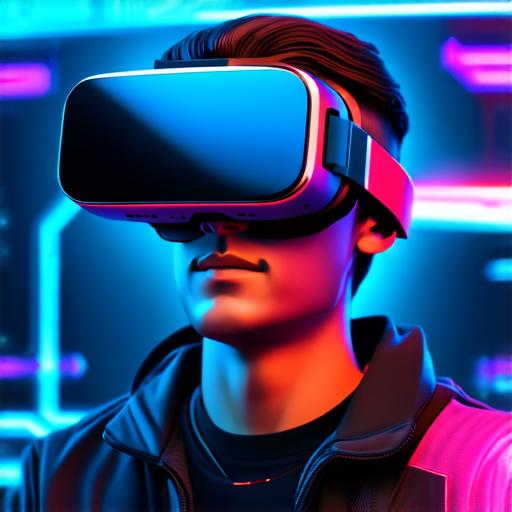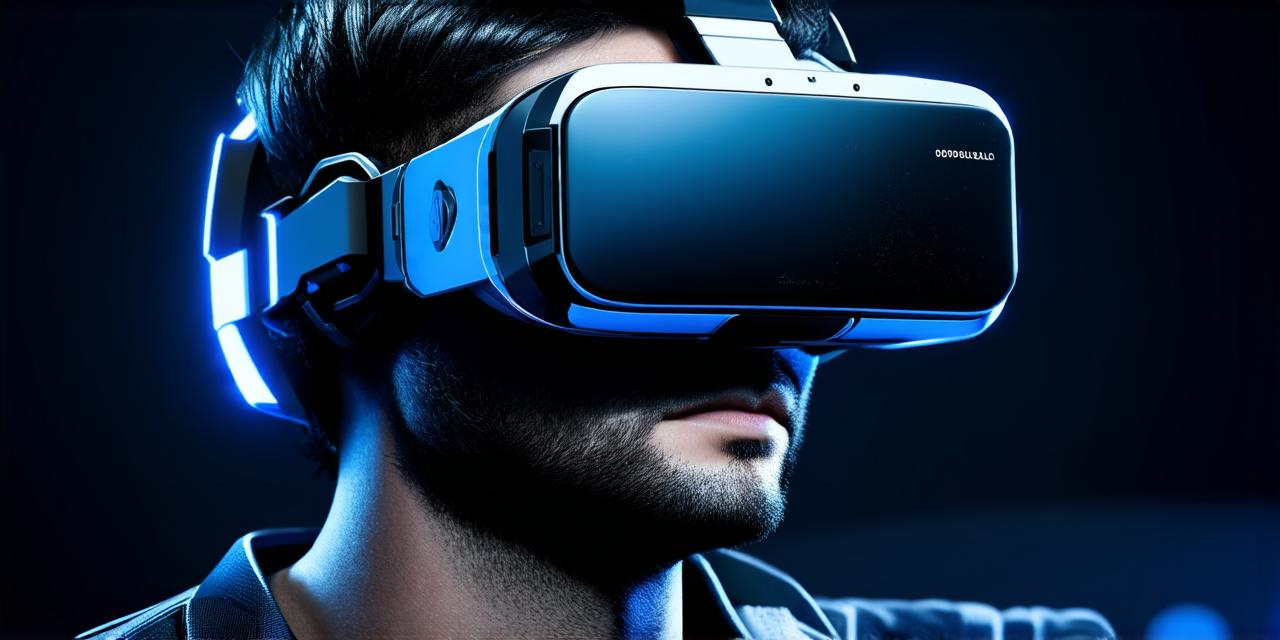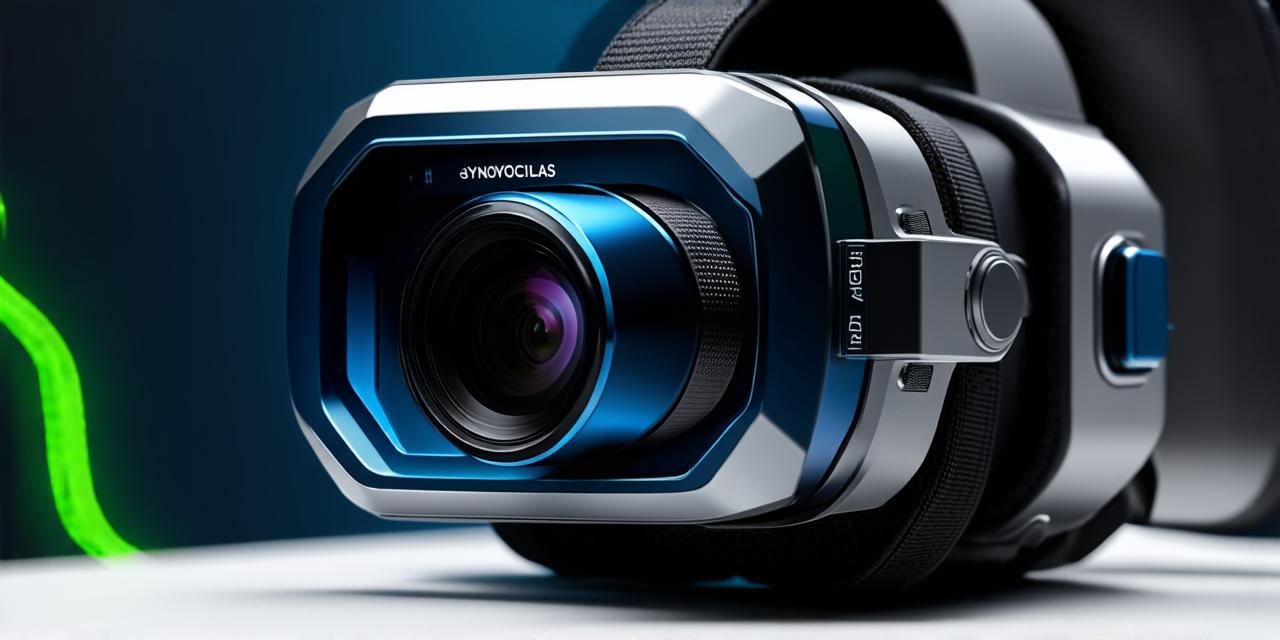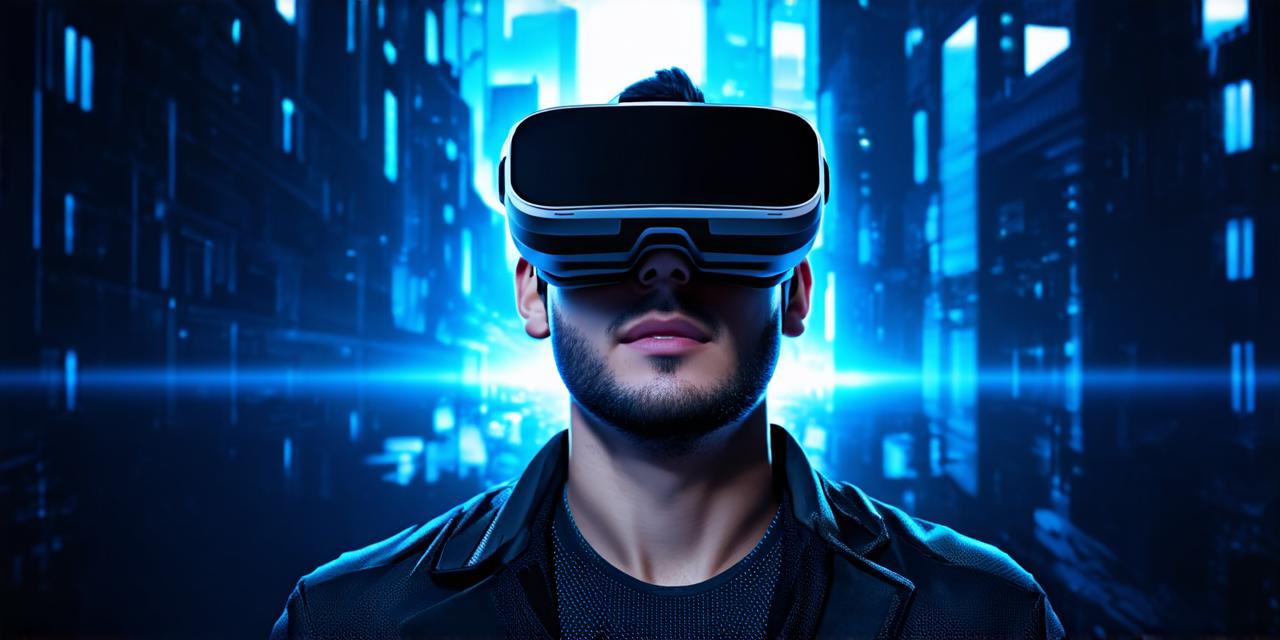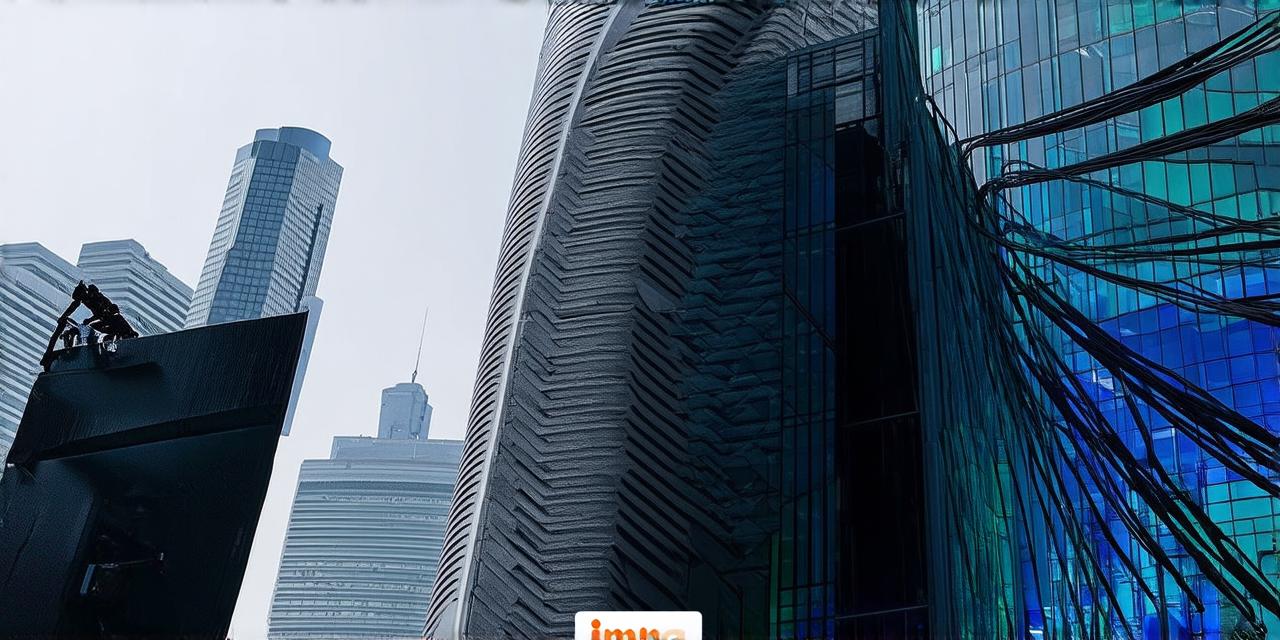Virtual reality (VR) technology has come a long way since its inception in the 1960s. Today, it’s an immersive and interactive experience that can transport users to different worlds and environments.
1. Conceptualization: The First Step
The first step in creating VR content is conceptualization. This involves brainstorming ideas for the story or experience that you want to create. During this stage, you need to consider the target audience, the goals of the VR experience, and the overall message that you want to convey. You may also need to collaborate with other professionals, such as writers, artists, and game designers, to ensure that your concept is fully realized.
2. Pre-production: Planning and Scripting
Once the concept has been finalized, it’s time for pre-production. This involves creating a detailed plan for the VR experience, including scriptwriting, storyboarding, and prototyping. During this stage, you need to ensure that your story is engaging, immersive, and easy to navigate. You also need to consider the technical aspects of VR production, such as the hardware and software requirements, the capture process, and the rendering pipeline.
3. Production: Capture and Creation
The production stage involves capturing the content for the VR experience. This may involve using specialized cameras or sensors to track user movements, or capturing 3D models and textures of objects and environments. You also need to create interactive elements that respond to user input, such as buttons, triggers, and menus. During this stage, you may collaborate with other professionals, such as sound designers and musicians, to ensure that the VR experience is fully immersive and engaging.
4. Post-production: Editing and Refinement
Once the content has been captured, it’s time for post-production. This involves editing the footage, adding special effects and sound design, and refining the user interface. During this stage, you need to ensure that the VR experience is polished and bug-free, and that users can easily navigate through the different environments and interactions. You may also collaborate with other professionals, such as testers and QA specialists, to ensure that the final product meets the highest standards of quality.
5. Distribution: Releasing the VR Experience
The final stage in creating a VR experience is distribution. This involves releasing the content on various platforms, such as VR headsets or gaming consoles. You also need to market the VR experience to your target audience and generate buzz around its release. During this stage, you may collaborate with other professionals, such as PR specialists and social media managers, to ensure that your VR experience reaches as many people as possible.
In conclusion, creating a VR experience is a complex process that involves collaboration between various professionals and stages of production. From conceptualization to distribution, every stage is crucial in ensuring that the final product is engaging, immersive, and easy to use. With the continued evolution of VR technology, we can expect even more innovative and interactive experiences in the future.
